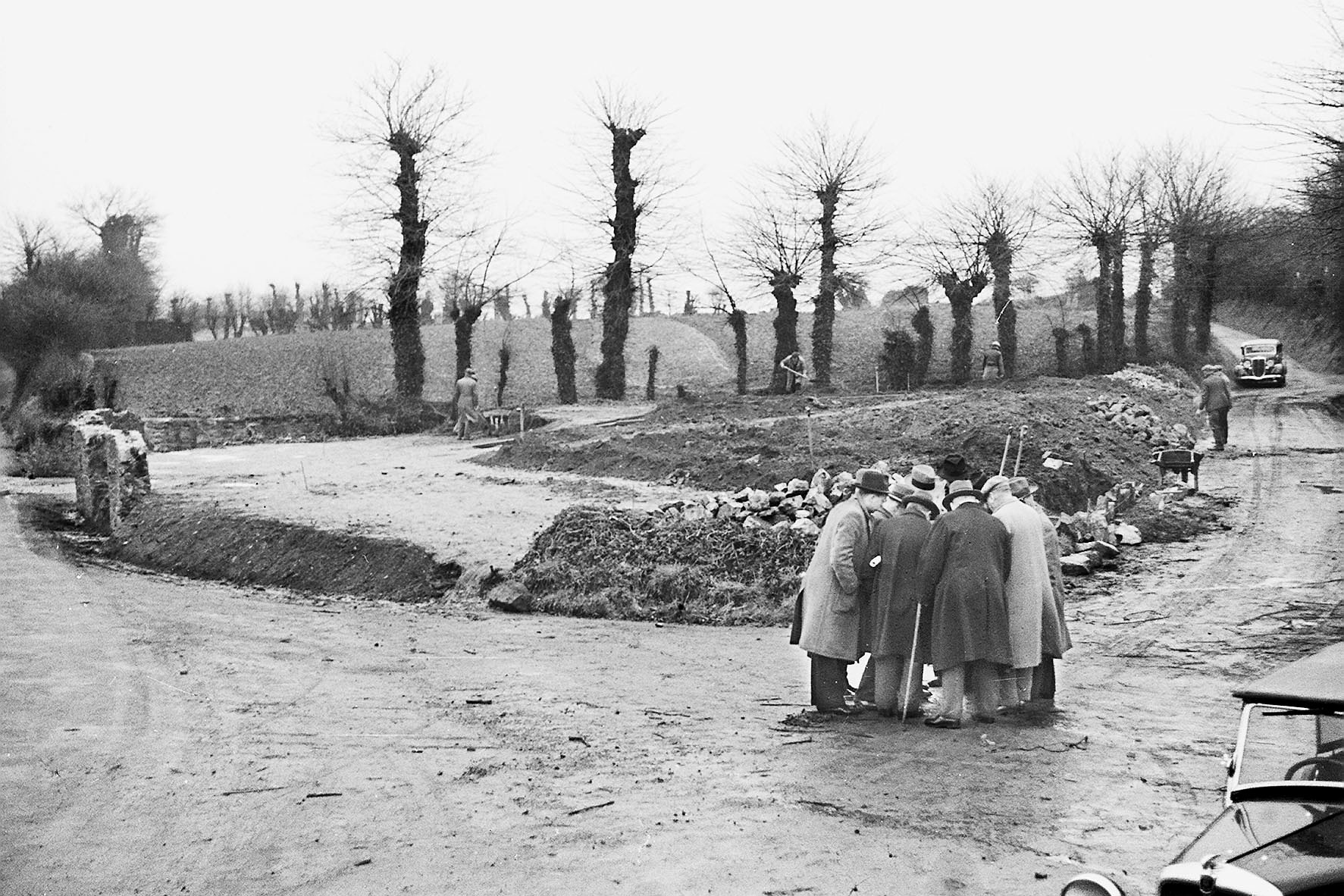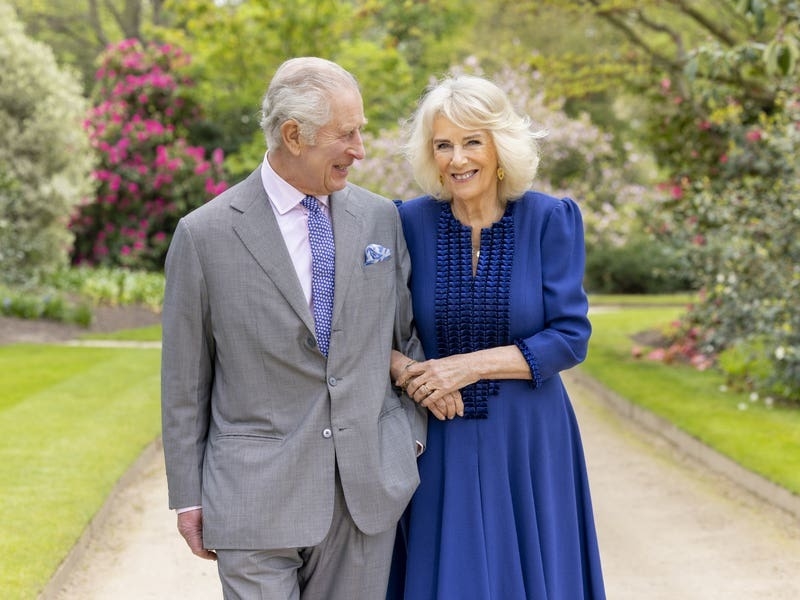SPECULATIVE developments, the despoliation of local beauty spots, thoughtless urbanisation of the countryside and modern, at times brutal, architecture changing the face of the town and its waterfront.
While these words sum up concerns about 21st century Jersey, they were written 85 years ago in response to a building spree that followed the First World War, as tourism took hold and the Bailiwick’s favourable tax system attracted new residents.
On 3 August 1936, seven Islanders met at the Deanery in David Place with a common purpose: to protect their Island home from overdevelopment.
They were motivated by a proposal to build a house in woodland in Vallée des Vaux.
The meeting was chaired by the Dean of Jersey, the Very Rev Samuel Falle, and attended by Carlyle Le Gallais, Deputy Belford, Dr Graeme Bentlif, J Perée, Arthur Harrison and E Boeille.
They agreed to form a group to preserve Jersey’s natural beauty and buy land and properties perceived to be under threat.
Ten days later they came up with a name – National Trust for Jersey – which was incorporated by the States in February 1937.
And the first land to come under its care was the woodland in Vallée des Vaux, bought by Mr Le Gallais and his wife for £650 (£45,400 in today’s money) and gifted to the trust.
Croix de la Bataille in Grouville, Morel Farm in St Lawrence and land in Fern Valley soon followed.
Moreover, the success of public fundraising appeals, supported by the Evening Post, enabled the organisation to buy woodland at Le Saie and Jeffrey’s Leap in St Martin and Le Rât cottage in St Lawrence.
The trust also campaigned for the proper disposal of rubbish and scrap metal and entered a float in the 1938 Battle of Flowers to highlight its work.
An entry in the 1938 annual report rings true today: ‘Once again your council feels compelled to call attention to the frequency with which houses of unstaple CORRECT appearance and unsightly design, continue to be erected in some of the most beautiful parts of the Island.
‘The possibility of building to suit the environment does not seem to have occurred to the bulk of our speculative builders’.
As the decade drew to a close, storm clouds gathered over Europe. The early impetus was brought to a standstill by the German invasion of the Channel Islands in June 1940.
Post-Liberation revival
The necessity to rebuild and grow Jersey’s economy after the Liberation kicked off a building boom that put even greater pressure on the environment as the Island became a popular holiday destination.
The National Trust was not able to resume activities until July 1946. It was soon involved in a massive tree planting campaign as substantial areas of woodland had been stripped to provide fuel during the Occupation. In addition, unworked farmland had become overgrown and many properties had stood neglected for over five years.
Gifts of land, buildings and donations started coming in as the trust set out its post-war objectives. These included controlling advertising signs in the countryside, enforcing controls on developing existing buildings and enacting conservation policies to protect St Ouen’s Bay.
It also issued an appeal to the public: ‘If you do not own a beauty spot which you can give to the trust, see if you can buy one; if you do own a beauty spot and do not wish to part with it immediately reserve a life interest.
‘If you know of anyone who owns cliff land get them interested in the trust. Remember, this is your Island, by inheritance or by adoption, and man can mar beauty more quickly than nature can make it. It’s up to you to do what you can’.
National Trust today
The National Trust for Jersey remains an independent and charitable organisation, dedicated to preserving and safeguarding sites of historic, aesthetic and natural interest for the benefit of the Island.
It is not part of, but is associated with National Trust movements in the UK and overseas.
Acquisitions, gifts, legacies and donations over the past 85 years make it one of the Island’s biggest private landowners with a land portfolio comprising 1,754 vergées – much of which is open to the public and accessed by almost 12 miles of footpaths. It includes SSIs, heathland, dune systems, wetlands, farmland, meadows, heritage apple orchards and woodland over 175 sites.
It also owns 30 properties including historic monuments and military defences, traditional Jersey farmsteads and cottages, a working water mill and old public water fountains or ‘parish pumps’.
It has most recently saved and restored the Foot Buildings in Pitt Street and 16 New Street, the last remaining Regency gentleman’s house in St Helier.
Many of its properties are let to tenants and some sites can be hired for private functions and wedding ceremonies.
While there is a charge for membership, site hire and admission entry to museum properties for non-National Trust members, the majority of sites are free for the public to enjoy.
It continues to campaign for protection of St Ouen’s Bay, the coastline, wildlife, extensions to the Jersey National Park and the establishment of a marine park
Its greatest achievement in the first years of the 21st century was the battle to prevent the former Pontin’s Holiday Camp on Plémont headland, a relic of the boom years of tourism, being developed for housing and restoring it to nature.
The trust also organises events – such as black butter making – open days, walking festivals, rock pool rambles and bug safaris for children and educational activities with local schools. Unlike Jersey Heritage it receives no government funding, relying on rental income, membership fees, donations, bequests and income from investments.
It employs 20 people full time in administration, property maintenance and land management and relies on more than 140 volunteers.
It currently has 3,543 members and hopes to mark the 85th anniversary by raising membership to 6,000.






